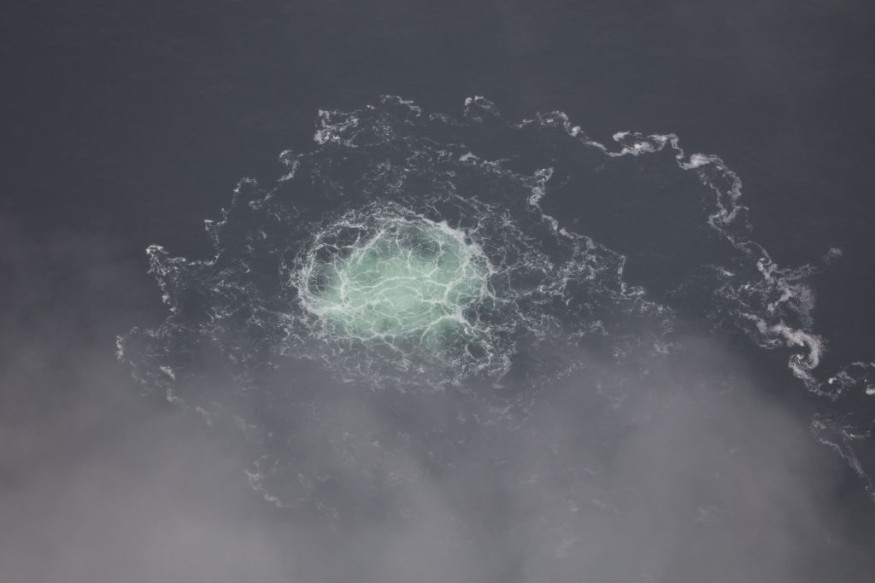Underwater toxins have been released following the Nord Stream gas pipeline explosions last September, according to a recent journal article. The blasts occurred at a dumping site for chemical warfare, but other contaminated substances were toxic to marine life. Researchers involved in the analysis of the explosions suggest the long-buried toxins were high enough to pose an ecological threat.
Also known as the 2022 Nord Stream pipeline sabotage, the said incident occurred amid Russia's incursion into Ukraine which started in February 2022. A number of governments and other entities reportedly believed the bombings were intentional. While economic and infrastructural impacts are the immediate repercussions, marine ecosystems across the region are affected as well.
Nord Stream Twin Pipeline System

The article was published in the journal Nature in March 2023, highlighting the dangers of never-before-seen or long-buried toxic sediment across the region covered by the Nord Stream twin pipeline system, which spans through the Baltic Sea from Vyborg in Russia to Lubmin near Greifswald in Germany.
Since the late September pipeline explosions, mysterious leaks have appeared at the site which is close to the Danish Island of Bornholm. The event has led the climate community to be on alert once again, including Andrew Baxter, director of the energy transition at the Environmental Defense Fund, in New York City, who estimated that 115,000 tons of methane were potentially released in Nord Stream 2, as cited by the Scientific American website.
According to Nord Stream AG, the company which built and operates the pipelines, the Nord Stream route passes through the Exclusive Economic Zones of Russia, Germany, Finland, Sweden, and Denmark, as well the territorial waters of Denmark, Germany, and Russia.
The two offshore pipelines have a length of 1,224 kilometers and are considered to be the most direct connection between Russia's vast gas reserves and the European Union's energy markets, Nord Stream AG stated.
Environmental Repercussions
In relation to the underground toxins mentioned in the March 2023 Nature report, the United Nations and some European government agencies have already considered the Nord Stream pipeline explosions to have environmental repercussions.
The World Economic Forum cited a report from Reuters in October 2022 that the ruptures at the Baltic Sea gas pipelines is likely t he largest single release of climate-damaging, greenhouse gas methane ever recorded, as said by the United Nations Environment Programme.
Methane emissions are one of the major causes of human-induced climate change and global warming. It is also included in the climate mitigation efforts by the UN and the 2015 Paris Agreement.
Nord Stream Pipeline Explosions
It was September 26 in 2022 when a series of explosions, believed to be "bombings" by authorities, occurred at both the Nord Stream 1 and Nord Stream 2 natural gas pipelines.
The Economist in March 2023 mentioned that some European governments suspected Russia behind the so-called attacks to the pipelines. The assertion is based on previous threats by Russian President Vladimir Putin of cutting off energy supplies to Europe as a retaliation for the economic sanctions imposed by the EU to Russia due to its invasion of Ukraine.
© 2025 NatureWorldNews.com All rights reserved. Do not reproduce without permission.





